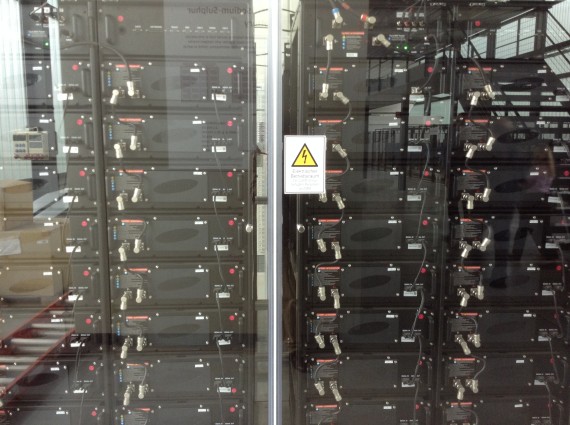Samsung researchers have developed a new technology that enables them to coat silicon battery cathodes with high crystal graphene. This means that they can now virtually double the capacity of lithium-ion batteries! This energy density increase could almost double the range of electric vehicles without adding a single pound of weight. This could also double the electric-mode range of plug-in hybrid cars, significantly reducing reliance on their built-in gasoline engines.
Of course, this could greatly benefit Samsung as a smartphone manufacturer as well. Everyone would appreciate longer smartphone battery life, and many want it badly. The use of silicon to dramatically increase lithium-ion battery capacity is nothing new, but past attempts have yielded unreliable batteries because silicon is too brittle. Silicon nanowires proved to be more dependable, but even they were too brittle.
As Cho Jin-young from BusinessKorea said:
Currently, the development of high-capacity battery materials has been mostly done in the United States. In particular, the research is active on silicon as a substitute material capable of raising the capacity more than 10 times that of the graphite currently used as an existing cathode material. There is, however, still the technological problem of the shortening the battery life by repeated charging and discharging.
Researchers have been trying so hard to find ways around this problem because silicon electrodes have been proven to increase lithium-ion battery capacity (per kg) by up to 10 times even over a decade ago. That translates to an energy density of a whopping 1,000 Wh/kg, versus the 95-200 Wh/kg that most lithium-ion batteries achieve. That capacity potential is simply too incredible to give up on. But something practical has eluded researchers.
Cost-effective graphene production still needs to be figured out before this advance from Samsung really goes somewhere, and we haven’t seen any indication of the price premium from Samsung’s solution, but it is exciting to see another potential leap in lithium-ion battery technology.
This is just one of many game-changing graphene-based technologies on the rise, of course.Graphene is all the rage, for many reasons!
Originally published on Kompulsa.



